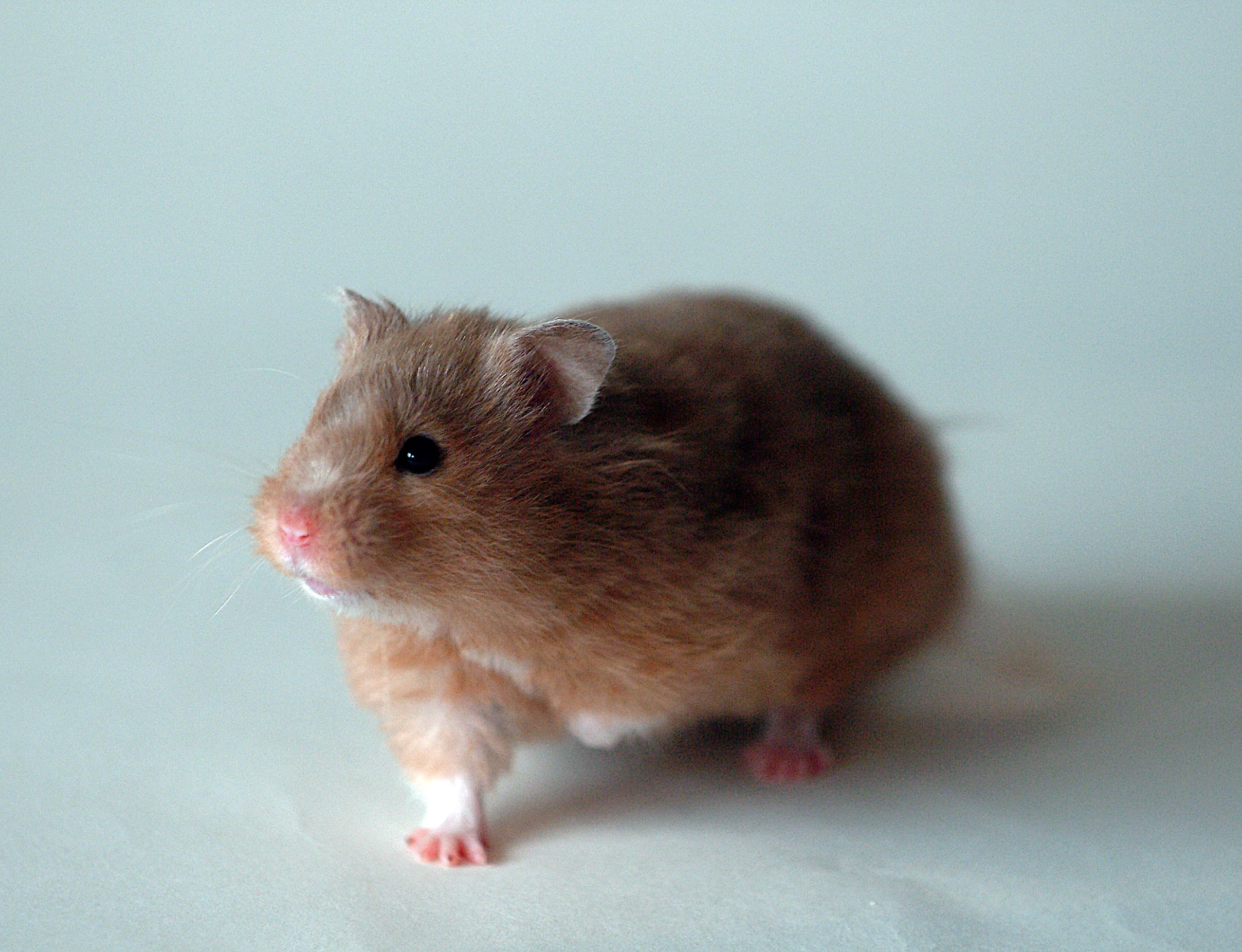Understanding Syrian Hamster Characteristics
Syrian hamsters, often simply referred to as golden hamsters, are one of the most popular pet species around the world. Their charming personalities and relatively easy care requirements have made them a favorite for pet enthusiasts. This article will delve deeper into the distinct characteristics of Syrian hamsters, shed light on their behaviors, and examine the best practices for their care and habitat setup.
Physical Characteristics of Syrian Hamsters
Syrian hamsters are most notably recognized for their distinct physical traits. These small rodents can weigh between 5 to 8 ounces and can grow to approximately 6 to 7 inches in length. Their fur is often a sandy-gold in color, but variations ranging from black, white, and even hybrids can occur. At a glance, their large, round eyes and short ears give them an adorable and endearing appearance. Additionally, their cheek pouches, capable of stretching to store food, are one of the defining physical features of this species.

Color Variations in Syrian Hamsters
While the classic Syrian hamster is golden, there are numerous color variations due to selective breeding. These include black, chocolate, cream, and even panda patterns. Each variant comes with unique markings and fur textures. For instance, the ‘Teddy bear’ type is particularly fuzzy, making it a popular choice among children. Understanding these variations can aid owners in choosing a hamster that displays desired aesthetics while also ensuring the wellbeing of the pet.
Health Considerations for Syrian Hamsters
Knowing the common health issues can help ensure your Syrian hamster lives a healthy life. Like many pets, Syrian hamsters are susceptible to obesity if not monitored properly. Therefore, providing a balanced diet and ensuring they get enough exercise is crucial. Additionally, dental health is essential as their teeth continuously grow, necessitating opportunities for chewing. Offering toys that encourage natural gnawing behavior is beneficial for their dental health and overall wellbeing.
Behavioral Traits of Syrian Hamsters
Understanding the behavioral traits of Syrian hamsters is key to ensuring they thrive. Generally, these hamsters are solitary in nature, preferring to live alone, especially males. They can be territorial, so it’s vital to avoid housing more than one hamster in the same cage. Syrian hamsters are crepuscular, meaning they are most active during dawn and dusk. Providing them with a routine that accommodates their active hours will lead to a happier, healthier pet.
Socialization Tips for Syrian Hamsters
While Syrian hamsters may be territorial, they can still be socialized with humans. Spend time near their habitat talking softly to them to get them familiarized with your voice. When handling them, it’s essential to be gentle and approach from the side rather than from above, as this can scare them. Consistency in handling will build trust over time, leading to a more cooperative pet. Offering treats by hand can also enhance bonding experiences.
Exercise Needs of Syrian Hamsters
Providing adequate opportunities for exercise is crucial for the health and happiness of Syrian hamsters. These lively creatures benefit immensely from running wheels, tunnels, and toys that stimulate their natural behaviors. A spacious cage that mimics their natural environment not only promotes better physical health but also enhances their mental well-being. Rotating toys regularly can keep their environment interesting and engaging, curbing potential boredom.
Setting Up the Ideal Cage for Syrian Hamsters
Creating a suitable environment is critical for keeping Syrian hamsters healthy. Their habitat must be spacious enough to allow for movement and exploration. A cage with a solid bottom is preferable to wire-bottom cages, which may injure their feet. The enclosure should be filled with clean bedding that offers proper hiding spots—think shredded paper or aspen shavings to absorb waste and smell. These areas mimic their natural burrowing behavior, making them feel more secure and happy in their home.
Choosing the Right Materials for Bedding
Choosing the appropriate bedding can significantly impact your hamster’s health. Avoid cedar and pine shavings, as these can produce harmful oils. Instead, opt for aspen shavings or paper-based bedding that is absorbent and offers good odor control. Regular cleaning of the cage and changing through bedding will help maintain an optimal living environment. A clean space promotes overall health while minimizing stress for your hamster.
Creating Enrichment Activities
To promote mental stimulation, it’s essential to implement enrichment activities. Adding hiding places, chew toys, and tunnels can encourage exploration and play. Hamsters love to burrow, so providing a space filled with non-toxic grasses and tunnels will satisfy their natural instincts. You can also rotate toys weekly to maintain their interest. Engaging them regularly not only keeps them active but also enhances the bond between pet and owner.
Key Takeaways
- Syrian hamsters exhibit unique physical traits and a variety of color patterns.
- They require individual habitats due to their territorial nature.
- Adequate exercise and stimulation through toys and wheels are essential for their health.
- Proper bedding and cage setup will improve their quality of life.
- Regular interaction with gentle handling enhances the bond with your pet.
FAQ
1. What is the lifespan of a Syrian hamster?
Syrian hamsters typically live for 2 to 3 years when provided with proper care, nutrition, and a suitable environment. By keeping their cage clean and ensuring a healthy diet, owners can extend their pet’s life while reducing the risk of common diseases.
2. Can I house Syrian hamsters together?
No, Syrian hamsters are solitary by nature and are most comfortable being alone. Housing them together can result in stress or aggressive behavior, leading to injury. It’s best to keep them in separate cages to ensure their wellbeing.
3. What should I feed my Syrian hamster?
A balanced diet for a Syrian hamster includes high-quality hamster pellets, fresh vegetables, occasional fruits, and limited treats. Grain-based treats can also be integrated into their diet, ensuring that they have a nutritious yet enjoyable meal plan.
4. How can I tell if my Syrian hamster is happy?
A happy Syrian hamster generally exhibits playful behavior, explores its environment eagerly, and runs frequently on its wheel. Signs of comfort include relaxed body language and curiosity towards their owners and environmental changes. In contrast, reduced activity and hiding frequently may indicate stress or health issues.
5. What are common health issues for Syrian hamsters?
Common health issues include obesity, dental problems, wet tail, and skin infections. Regular vet check-ups, a balanced diet, and a proper exercise routine can mitigate many issues. Always observe for changes in behavior or physical condition as proactive care can prevent health complications.
6. How much space do I need for a Syrian hamster’s cage?
A minimum cage size of 24″x12″ is recommended for a single Syrian hamster. The larger the cage, the better, as it allows for additional toys and enrichments, which promote physical exercise and mental stimulation.
7. Do Syrian hamsters require a specific light cycle?
Syrian hamsters do not require specific light cycles but do best in environments replicating natural conditions. A general rule is to provide 12 to 14 hours of light and ensure they have dark, quiet periods that respect their crepuscular nature.
